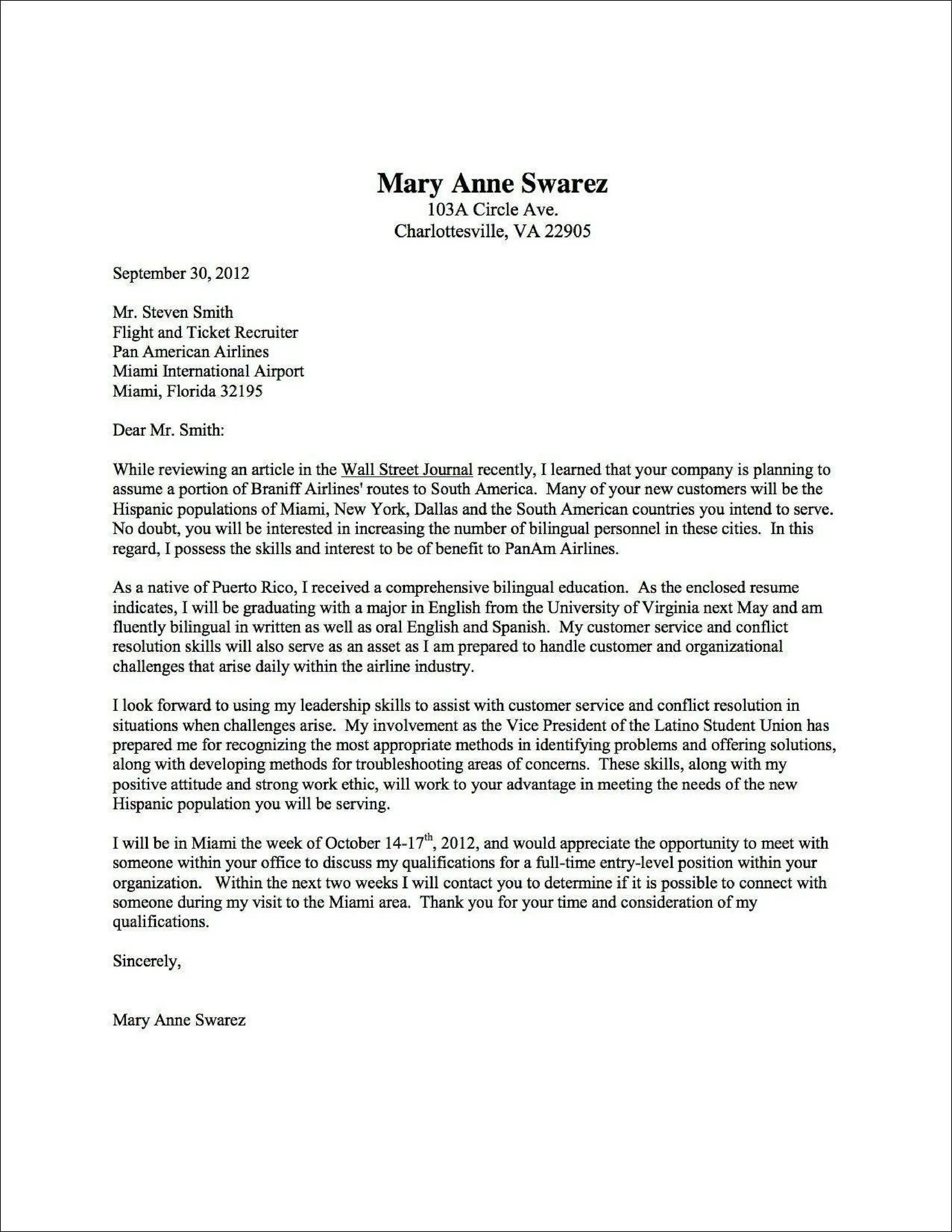What is a Cover Letter Heading?
The cover letter heading is the very first element of your cover letter, serving as its introduction. It’s more than just an aesthetic detail; it’s a crucial component that sets the tone for the entire document. A well-crafted heading provides essential information and instantly communicates your professionalism and attention to detail. Think of it as the handshake that introduces you to the hiring manager. It establishes your identity, provides contact information, and indicates the date, ensuring clarity and efficient communication. A sloppy or missing heading, on the other hand, can immediately signal carelessness or a lack of attention to detail, potentially leading to your application being overlooked. Therefore, mastering the art of creating an effective cover letter heading is a critical step in a successful job application.
Why is the Cover Letter Heading Important?
The importance of a well-structured cover letter heading extends beyond mere formality. It plays a significant role in shaping the reader’s perception of your candidacy. It serves as the foundation for presenting yourself professionally and helps you stand out from other applicants. A clear, concise, and accurate heading showcases your organizational skills and attention to detail, vital qualities for any role. In essence, the heading is your opportunity to make a positive first impression, ensuring the hiring manager views you as a polished and prepared candidate. By taking the time to craft a professional heading, you significantly increase your chances of moving forward in the application process, making it an invaluable element of your job search strategy.
Importance of a Professional Look
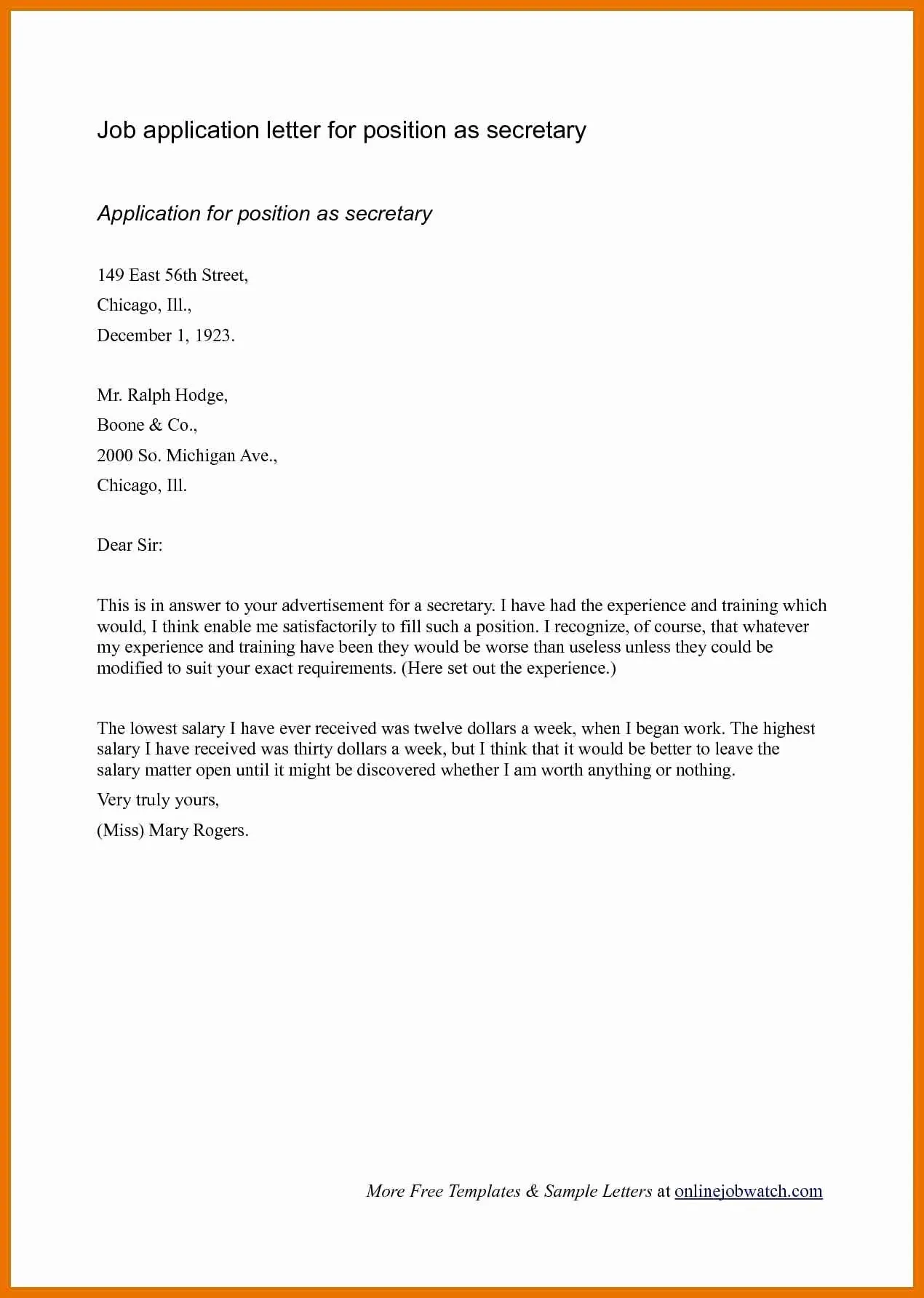
A professional appearance is paramount. The heading, the first part of your cover letter, should immediately project a sense of professionalism. This means using a clean, easy-to-read font, proper formatting, and consistent spacing. Avoid any elements that could detract from the professional look, such as overly decorative fonts or inconsistent alignment. A well-formatted heading showcases that you understand the importance of professional communication and can present yourself in a polished manner. This attention to detail demonstrates respect for the hiring manager and the company. It assures the recipient that you are serious about the opportunity and capable of handling professional communications.
First Impression Matters
The heading is the first thing a hiring manager sees when they open your cover letter, and it plays a huge role in shaping their initial impression. A well-crafted heading immediately grabs their attention, indicating your professionalism and attention to detail. This initial impression is critical because it sets the tone for the rest of the cover letter. It influences whether the reader will give your application the careful attention it deserves. A strong first impression can also increase the likelihood that the hiring manager will read your cover letter thoroughly, understanding your qualifications and experience. A poorly executed heading can immediately lead to a negative impression, making it harder to overcome any initial bias. A well-crafted cover letter heading is thus a powerful tool for capturing attention and boosting your chances of securing an interview.
Essential Components of a Cover Letter Heading
To create an effective cover letter heading, several essential elements should be included. These components provide the necessary information for the recipient to easily identify you and to contact you. Omitting these elements can make your cover letter incomplete, making it difficult for the recipient to respond. By adhering to the standard elements, you ensure that your heading is complete and professional, maximizing your chances of making a favorable impression.
Your Contact Information

Include your full name, phone number, email address, and, optionally, your LinkedIn profile URL. Ensure all information is current and accurate. Double-check for typos and ensure that your email address is professional-sounding. Your contact information allows the hiring manager to easily reach you. A LinkedIn profile can also offer additional information and help the hiring manager gain further insight into your professional background. Keeping this information readily accessible and accurate ensures that your potential employer can contact you quickly and easily.
Name, Phone Number, Email Address, and LinkedIn
Your full name should be at the top, followed by your phone number, email address, and LinkedIn profile URL, all on separate lines. Use a professional email address and ensure your LinkedIn profile is updated. This information ensures the recipient can contact you quickly and easily. Proofread the contact information carefully for accuracy, and ensure that it’s current. Including a link to your LinkedIn profile allows the hiring manager to quickly learn more about your background and experience.
Date
The date should be placed directly below your contact information. Use a formal date format (e.g., October 26, 2024). Ensure that the date accurately reflects when you are sending the cover letter. The date is crucial for tracking when the application was submitted, especially within larger organizations that receive multiple applications. This provides context and helps the hiring manager manage their hiring process more efficiently. Including the date also helps verify that your application is current and valid.
Recipient’s Information
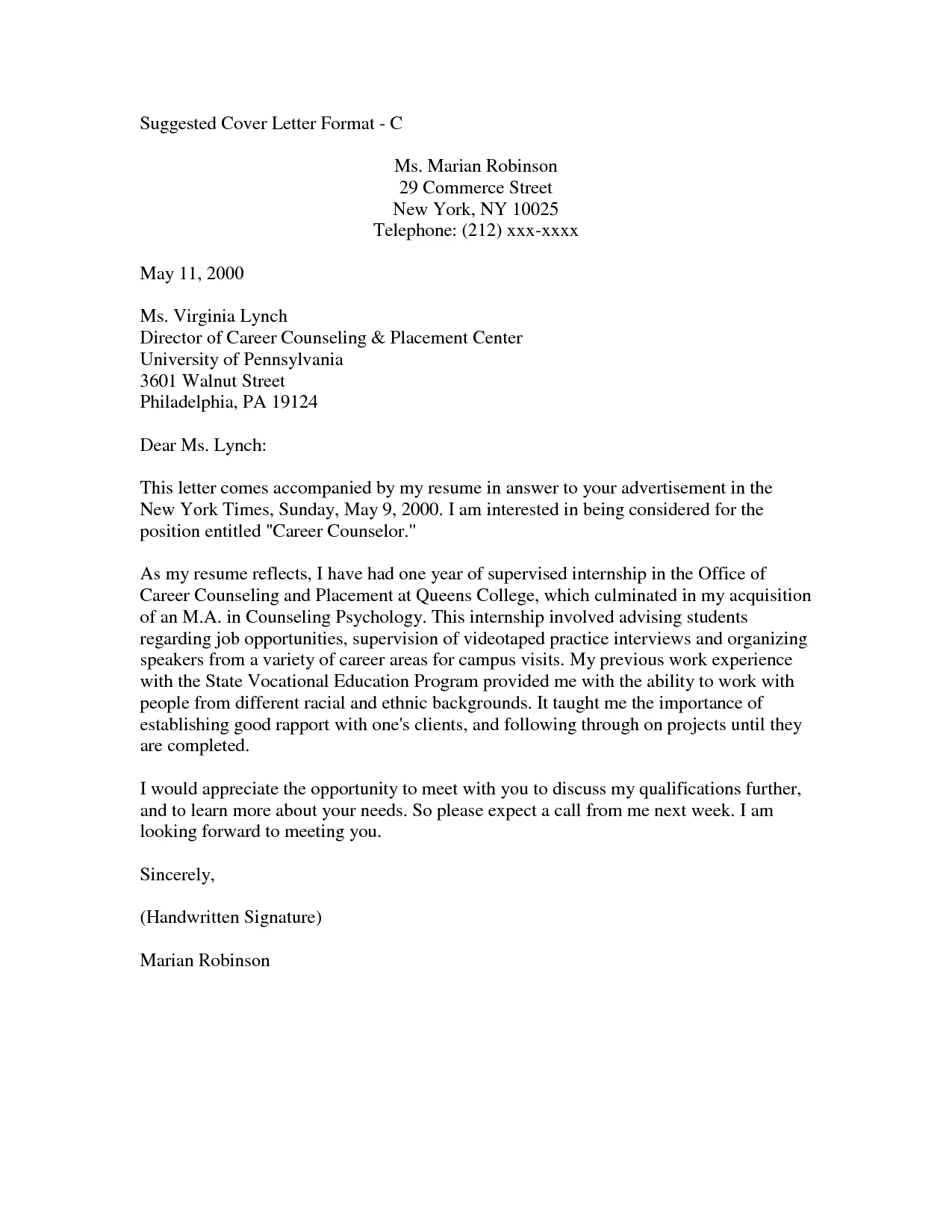
Include the hiring manager’s name and title, if known. If you don’t know the hiring manager’s name, use the title (e.g., “Hiring Manager”). Include the company name and address below. This level of detail shows that you have done your research and are addressing the letter to the correct person. This also reflects your attention to detail and can make the hiring manager feel valued. This also provides the correct contact information for the company to ensure your application reaches the intended recipient. Taking the effort to research the specific hiring manager can set you apart from other candidates.
Hiring Manager’s Name and Title
If you know the hiring manager’s name, address the letter directly to them. This adds a personal touch. Research the hiring manager’s name through the company’s website, LinkedIn, or other professional networking sites. If you cannot find the hiring manager’s name, use their title, such as “Hiring Manager” or “Recruiting Team.” Addressing the letter to a specific individual demonstrates initiative and attention to detail, which can increase your chances of receiving a positive response. It shows that you have taken the time to personalize your application, setting you apart from generic applications.
Company Name and Address
Below the hiring manager’s information, include the company name and address. Make sure this information is accurate and up-to-date. Including this information is standard practice, and it adds to the professionalism of the cover letter. It also ensures that the cover letter is easily associated with the target company. The correct company address also helps to deliver the cover letter efficiently if you are sending a physical copy. Accuracy here demonstrates your attention to detail and your ability to follow instructions, which are both valuable traits in the workplace.
Formatting a Cover Letter Heading
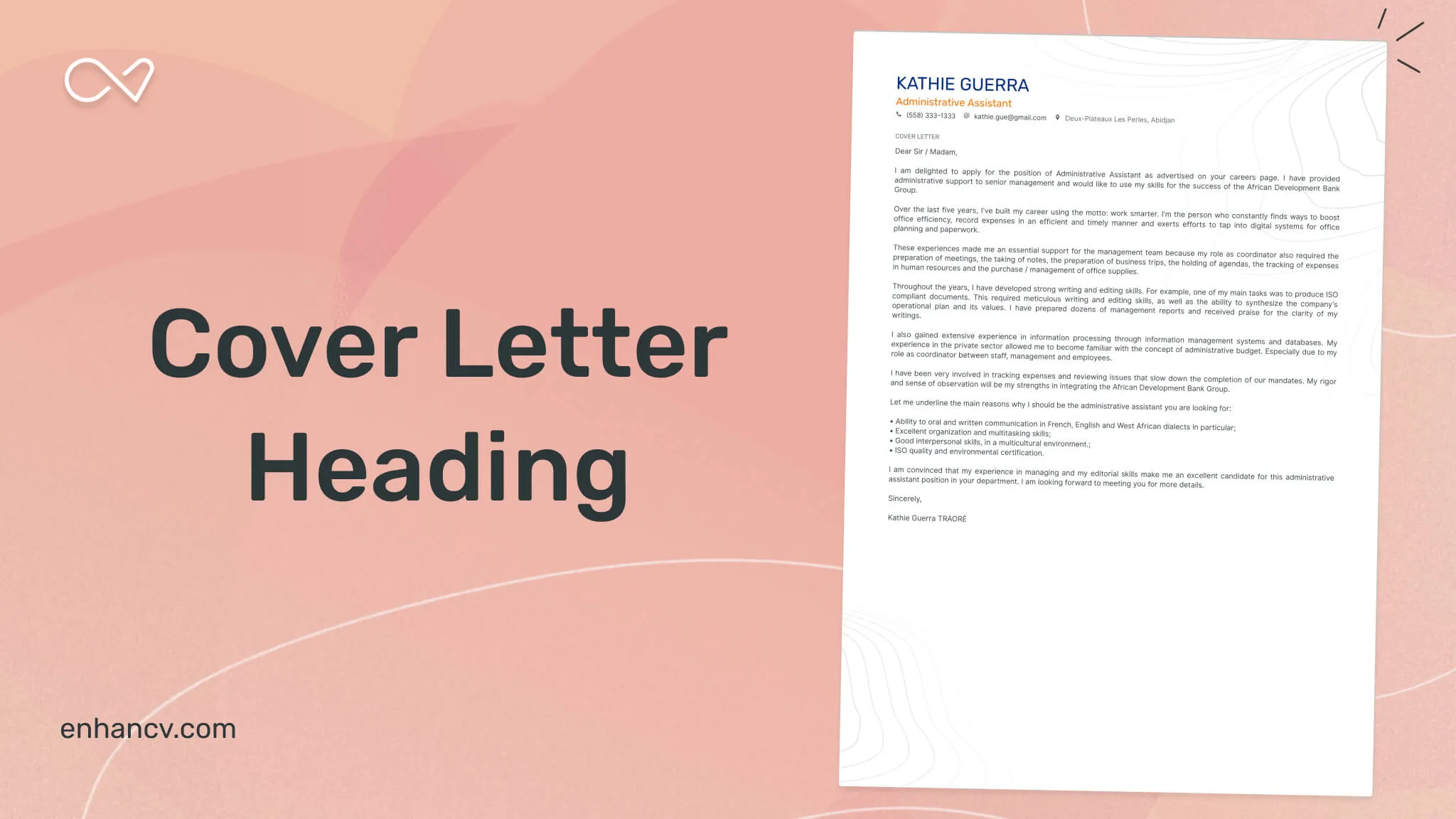
Proper formatting is key to an effective cover letter heading. The way you format your heading communicates professionalism and attention to detail. The correct use of font, spacing, and alignment makes the heading easy to read and visually appealing, encouraging the reader to delve further into your application. Poor formatting, in contrast, can quickly create a negative impression, making your application appear rushed or careless. So, the effort invested in formatting your cover letter heading correctly is a direct reflection of your seriousness in the application process.
Font and Font Size
Choose a professional and readable font such as Times New Roman, Arial, or Calibri. Keep the font size between 10 and 12 points for easy readability. Avoid overly stylized or decorative fonts, which can distract from the content. A simple, clear font makes the heading accessible and creates a favorable impression. The font size should be large enough to read easily without being overwhelming. Consistency is also critical: use the same font and size throughout the entire cover letter for a cohesive look.
Spacing and Alignment
Use single spacing within each section of the heading and double spacing between sections. The information should be left-aligned for a clean, organized appearance. Ensure consistent spacing throughout the heading to avoid a cluttered look. Proper spacing separates the different elements of your heading, making the information easier to scan and digest. Consistency is a crucial element of formatting, creating a neat and professional look. When applied, it conveys a sense of order, reflecting your ability to pay attention to details, a crucial skill in any professional setting.
How to Avoid Common Cover Letter Heading Mistakes
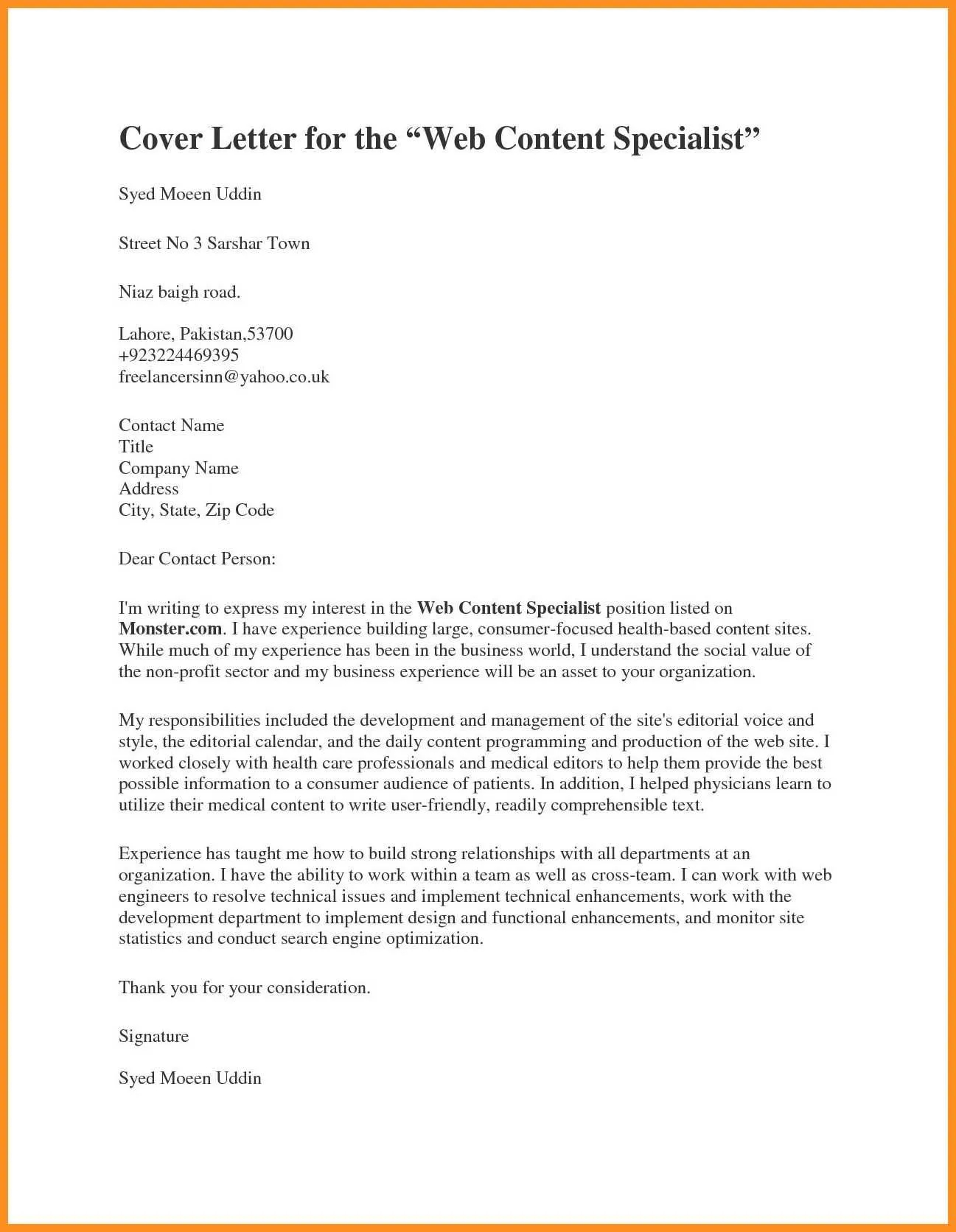
Avoiding common mistakes in your cover letter heading is essential to present a polished and professional image. Simple errors can easily undermine the impression you want to make, potentially leading to your application being overlooked. Paying attention to these potential pitfalls ensures that your cover letter heading effectively conveys the necessary information and avoids creating any negative impressions. Thorough proofreading and a keen eye for detail are key to ensuring that you avoid making these frequently encountered errors.
Incorrect Contact Information
One of the most critical mistakes is providing inaccurate or outdated contact information. This includes typos in your email address, an incorrect phone number, or a mismatch in your name. Verify all details before submitting your cover letter. Incorrect contact information can prevent the employer from reaching you for an interview. Regularly review and update your contact details. It is also crucial to have a professional-sounding email address. Incorrect contact details can not only result in a missed opportunity but can also project an image of carelessness or a lack of attention to detail.
Using Abbreviations Incorrectly
While abbreviations can save space, their misuse can make your cover letter heading look unprofessional. Avoid using abbreviations unless they are widely accepted or standard practice, and never use jargon that might be unfamiliar to the reader. It’s best to spell out all components of your contact information and recipient details. Improper use of abbreviations can convey a lack of professionalism and may confuse the reader. Always prioritize clarity and conciseness, and when in doubt, write out the full words to make your heading easily understandable.
Skipping the Date or Recipient’s Details

Omitting the date or the recipient’s information can make your cover letter incomplete and less effective. The date adds context, and the recipient’s details show that you have prepared a personalized cover letter for the role. Always include both components, even if you have to find the information through research. Leaving out the date can make it difficult to track the timing of your application. Failing to include the recipient’s details might make your cover letter seem less professional. Including these components demonstrates thoroughness and attention to detail.
Best Practices for Different Scenarios
The best way to format your cover letter heading can change depending on how you are applying for the job. Whether you apply online, send an email, or submit a physical copy, you should adjust your heading to reflect the application process. Understanding and adapting to these varied scenarios helps you present your application effectively. It allows you to align your cover letter’s heading with the requirements and expectations of the application process, increasing your chance of a positive response.
Applying Online
When applying online, your cover letter heading should be clear and concise. Include your contact information at the top. You can also add a personalized salutation if you know the hiring manager’s name. Double-check that your formatting is preserved when you upload or paste your cover letter into the application portal. The simplicity of an online cover letter heading is key. Since many application systems have specific formatting restrictions, ensure that your heading remains readable and professional. It is vital to review the submitted cover letter to verify that the essential elements of the heading are displayed correctly.
Sending a Cover Letter via Email
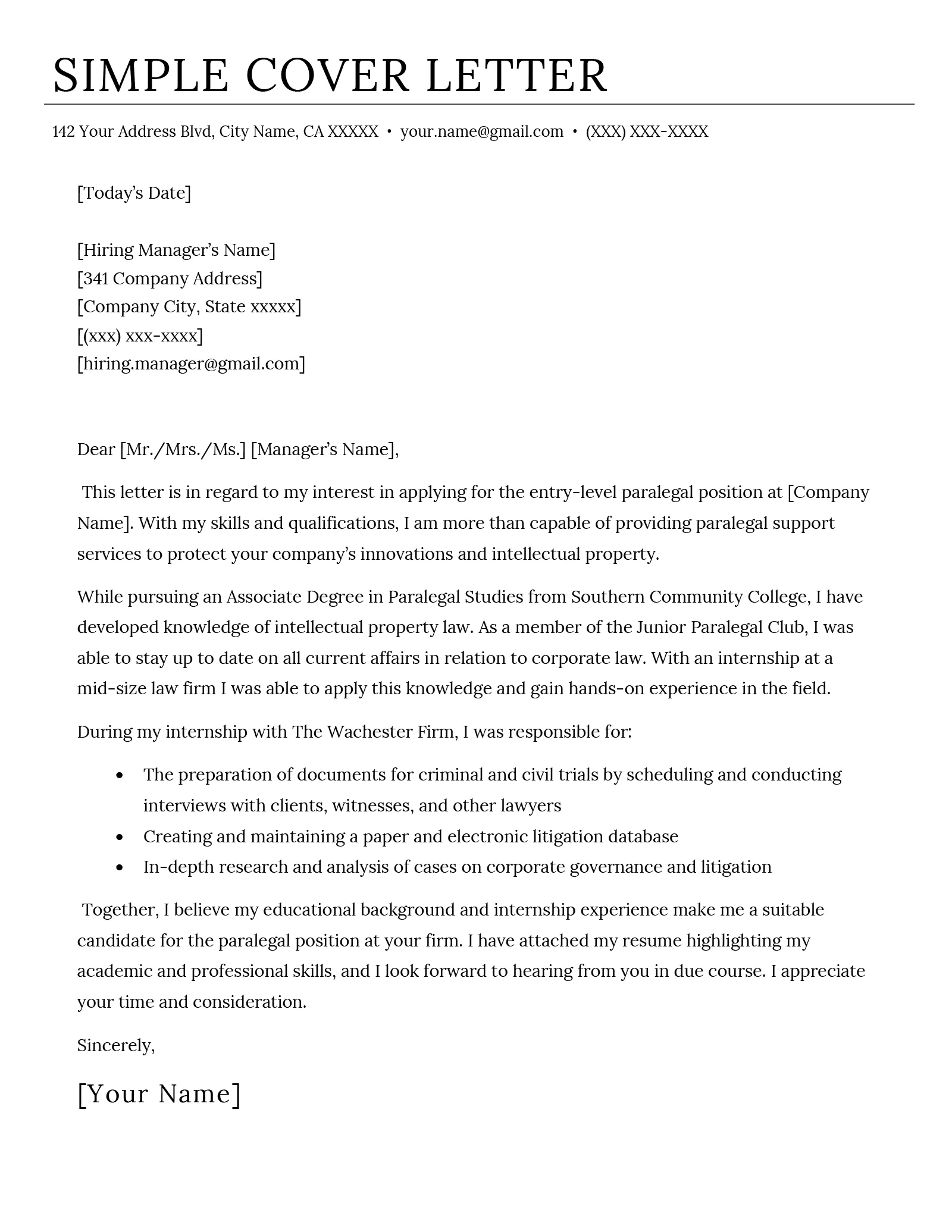
For cover letters sent via email, the heading should be placed at the beginning of the document, just as you would with a physical letter. Include your contact information, date, and the recipient’s details. Keep the font consistent with the rest of the email and ensure that the formatting is clean and readable. The subject line of the email should be professional, often including the job title. Sending a cover letter via email means that the layout is crucial. A well-formatted heading increases the readability of the email and demonstrates professionalism. It guarantees that the recipient can quickly find the important details without needing to go through the entire email.
Sending a Cover Letter by Post
When sending a cover letter by post, adhere to traditional business letter formatting. Place your contact information in the upper left-hand corner, followed by the date, and then the recipient’s details. Use a standard business letter font, like Times New Roman, and ensure that the spacing and alignment are consistent. Using this format showcases your understanding of professional correspondence and demonstrates your attention to detail. Correct formatting ensures that your cover letter makes a positive impression before the reader even begins to read the main body of the document. In the end, adhering to the standard guidelines for a physical letter demonstrates respect for tradition and a commitment to professionalism.
Cover Letter Heading Examples to Inspire You
Reviewing cover letter heading examples provides practical insights to help you create your own professional and effective heading. Studying examples allows you to see how different individuals have structured their headings. You can learn what works and what doesn’t. It helps you tailor your own heading to specific job applications. These examples should be used as guidance, allowing you to adjust and personalize your heading to align with your professional needs. By using these examples, you will be better equipped to create a cover letter heading that makes a lasting impression.
Example 1 Traditional Format
In a traditional heading, your contact information is on the upper left. The date follows, then the hiring manager’s details. This format is appropriate for formal applications and emphasizes professionalism. Example
[Your Name] [Your Address] [Your Phone Number] [Your Email]
October 26, 2024
[Hiring Manager’s Name] [Hiring Manager’s Title] [Company Name] [Company Address]
This format provides a structured approach and presents information clearly, making it easy for the reader to find the essential details. This structure is best used when applying to more traditional or formal organizations.
Example 2 Modern Format
A modern heading might center your contact information at the top of the document, followed by the date and the recipient’s details below. This style offers a clean, contemporary look, ideal for creative roles. Example:
[Your Name] [Your Phone Number] | [Your Email] [Your LinkedIn Profile URL] (Optional)
October 26, 2024
[Hiring Manager’s Name] [Hiring Manager’s Title] [Company Name] [Company Address]
This format uses a modern, streamlined design, emphasizing key details such as phone number and email to facilitate quick contact. It’s best to use it when applying for roles where a contemporary presentation is desired. The modern approach is often found in fields like design, marketing, and tech.
Example 3 Minimalist Format
The minimalist heading emphasizes clarity by including only the most essential details. In this format, you include your contact information and the date at the top, with the recipient’s information below, keeping it simple and clean. Example:
[Your Name] [Your Phone Number] | [Your Email]
October 26, 2024
[Hiring Manager’s Name] [Hiring Manager’s Title] [Company Name] [Company Address]
This format is for applications that require a simple and uncluttered approach, often appropriate in fast-paced or digital environments. The minimalist approach highlights the most critical contact information and ensures the cover letter does not appear to be too lengthy. This is effective in a wide variety of situations.
